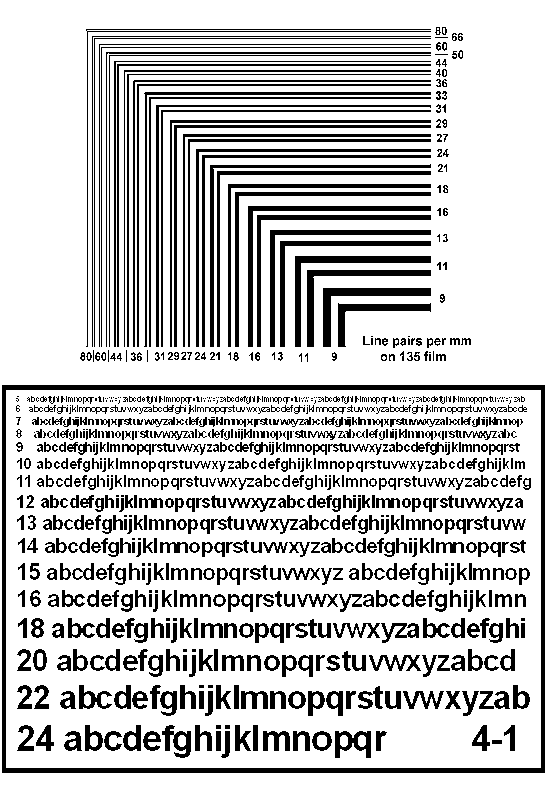I've been recently pouring over threads on SH and reading some of the excellent reviews on the various scopes. But one thing has been niggling at me during the whole process..... almost ALL of the scope reviews can only give "subjective" feelings about optics resolution, clarity, color, etc. Things like reticle tracking, turret clicks, return to zero, etc are all measurable quantities. Is there anyway to objectively measure optics resolution? I come from (in a sort of roundabout way) military optical sensor background and we have fairly objective ways to accurately measure sensor and image resolution. We called it the National Imagery Interpretability Rating Scale (NIIRS) IMINT - NIIRS National Image Interpretability Rating Scales
Is there anything similar in the world of photographic equipment, rifle scopes, spotting scopes and such? Just curious.....
"Through a process referred to as "rating" an image, the NIIRS is used by imagery analysts to assign a number which indicates the interpretability of a given image. The NIIRS concept provides a means to directly relate the quality of an image to the interpretation tasks for which it may be used. Although the NIIRS has been primarily applied in the evaluation of aerial imagery, it provides a systematic approach to measuring the quality of photographic or digital imagery, the performance of image capture devices, and the effects of image processing algorithms."
Is there anything similar in the world of photographic equipment, rifle scopes, spotting scopes and such? Just curious.....


